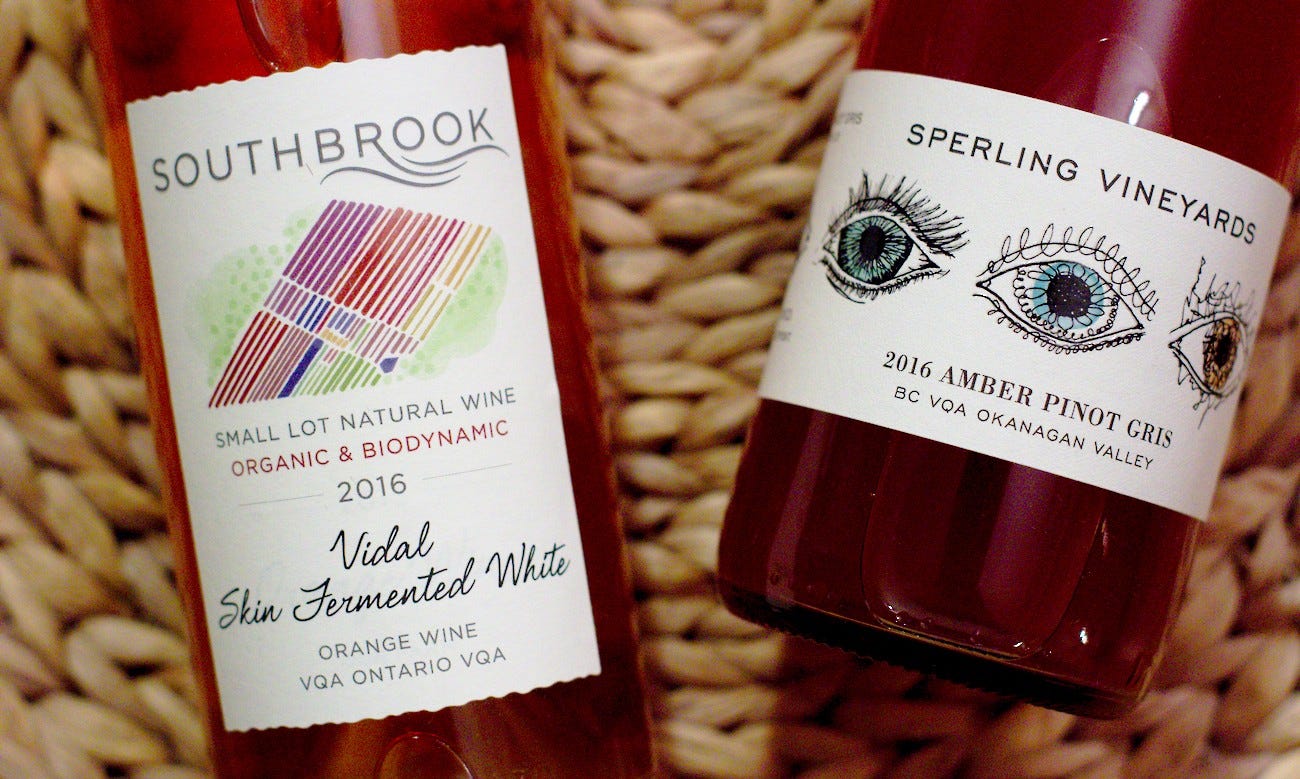Sterling stuff from Sperling & Southbrook vineyards
Simon discovers two very fine orange wines made by Canadian winegrower Ann Sperling, who also happens to have spearheaded one of the world's first official quality classifications for orange wine.
One of the best parts about researching a book on orange wines has been the excuse to explore wines from every corner of the globe. if you thought Canada only did ice wines, and Vidal was your hairdresser, prepare to be confounded by the two discoveries in the photo above. They're both made by Canadian winemaker Ann Sperling.
Sperling knows a thing or two about making wine - she's been at it since the 1980s, and has her own "Sperling Vineyards" estate in Okanagan Valley, British Columbia (her home county) but also heads up the winemaking team at Southbrook vineyards, all the way east to Niagara. There's also reportedly a side project in Mendoza, Argentina - but let's get back to Canada for now.
Ann is a strong biodynamics advocate, helping Southbrook Vineyards to become Canada's first biodynamically certified winery from 2008. It's no backyard operation either - the estate extends to 60 hectares. And it was this high level of care and attention to the land, and the fruit, that provided …
Keep reading with a 7-day free trial
Subscribe to The Morning Claret to keep reading this post and get 7 days of free access to the full post archives.





